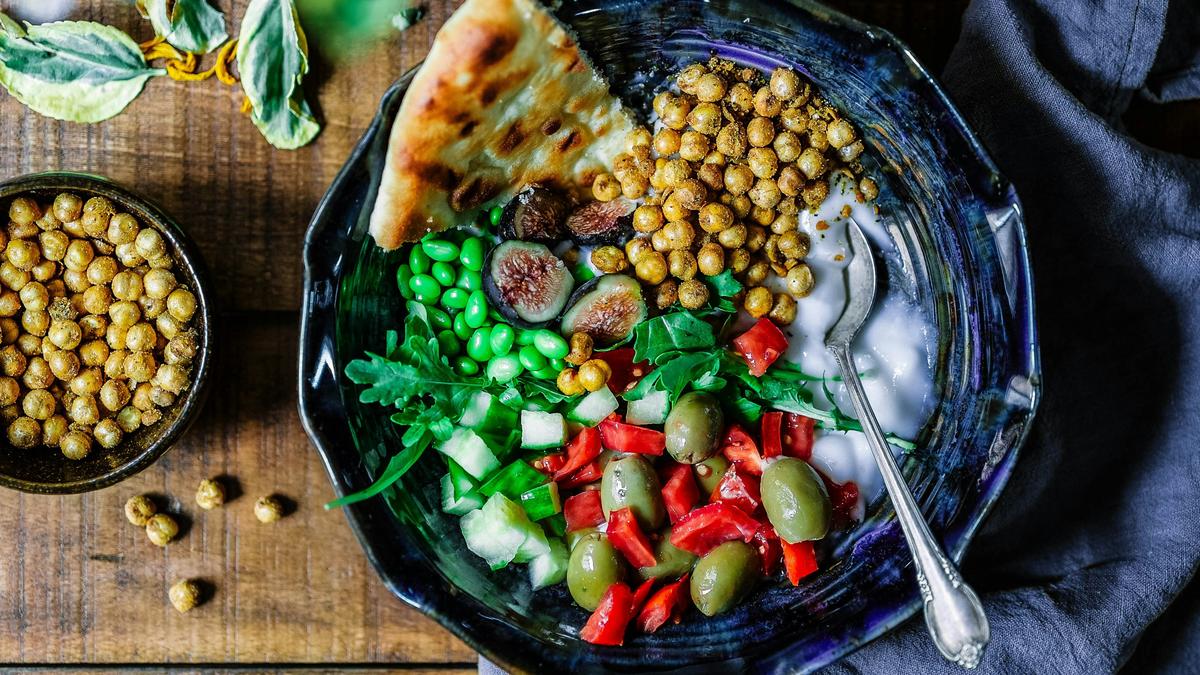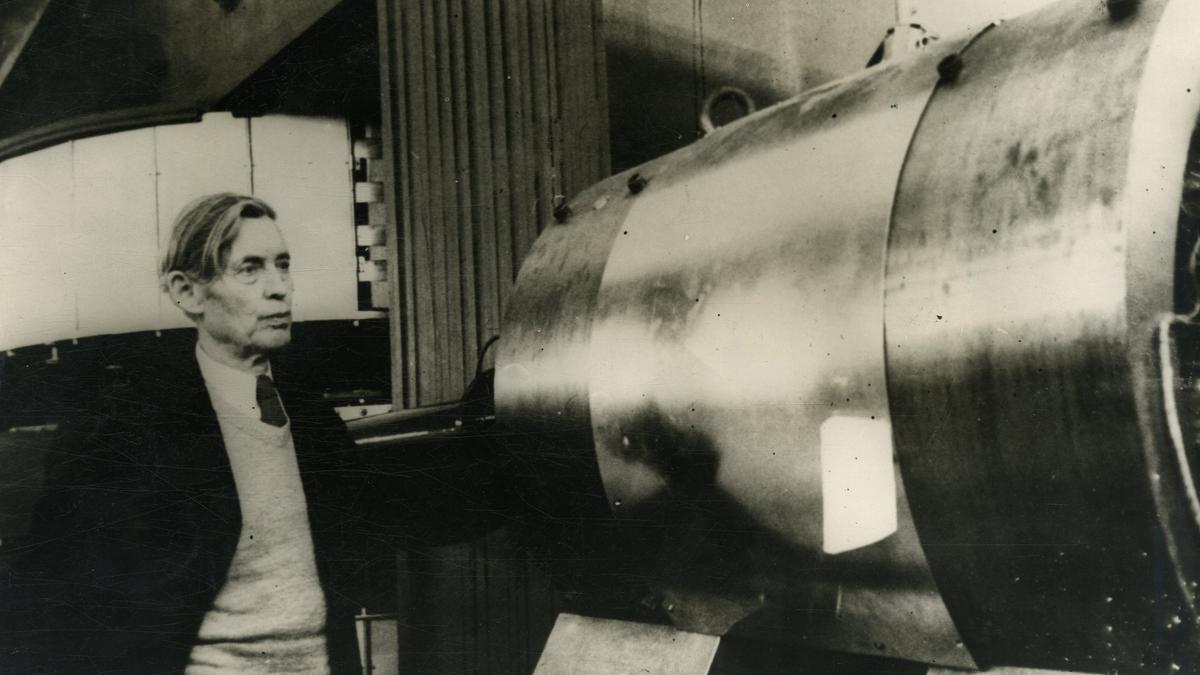[ad_1]

A signboard blown away by Cyclone Tauktae near Gateway of India in Mumbai on May 18, 2021.
| Photo Credit: PTI
‘Tauktae’, that had occurred in the Arabian Sea during May 14–19, underwent rapid intensification and was the deadliest with more than 120 people losing their lives and 1.1 million people affected in 421 villages. Among those killed were about 86 persons on board the ONGC ‘Barge P305’ off Mumbai when it had broken free of its anchor shortly after midnight on May 16 due to the cyclone intensification.
Deduction of research
Senior scientist R. Harikumar and his research scholar G.G. Zahid, in their latest research work, have deduced that the cyclonic intensification is because of intense heating prevailing in the atmosphere and also in the land, marginally more than the ocean.
“During the pre-cyclone period, humidity levels, sea surface temperature and ocean heat potential were very high. The soil was moist with its temperature more than 25°C near the west coast. It may have also supplied larger amounts of latent heating from the land to the atmosphere supporting the storm survival and intensification,” said Dr. Harikumar, in an interaction.
Role of atmosphere and ocean in storm intensification
The atmosphere’s role towards the storm intensification was marginally more (54%) compared to ocean’s role (46%) in the cases of both the tropical cyclones Tauktae and Mocha (2023). Previous other cyclones saw oceans playing a bigger role, like ‘Ockhi’ (in 2017; with 73% role by ocean) and ‘Amphan’ (2020; with 57% role by ocean), he said.
Other factors which led to higher relative humidity
Along with these factors, a combination of La-Nina (cooling of pacific ocean impacting Indian ocean region and monsoon), negative-IOD (Indian Ocean Dipole – which also impacts the monsoon) and other atmospheric oscillations lead to higher relative humidity leading to high impact.
“Relative humidity, ocean heat content, sea surface temperature have shown a rapidly increasing trend in the last decade (2011-2021) when compared to the previous three decades.Our findings threwmore light on the oceanic and meteorological factors influencing the formation, strengthening, and persistence of Tropical Cyclones like Tauktae and others,” explained the scientist.
Researchers devised a novel methodology based analyses to quantify the prevalent role of ocean and/or atmosphere on the genesis and intensification of Tauktae and few other TCs. Their findings finds application in classification of cyclones based on the prevalent ocean/atmosphere roles, combating cyclone related impacts, contribute towards cyclone forecasting agencies, climate change adaptation strategies especially in the coastal regions of India as the cyclones started to traverse very near the coast.
“Understanding the variabilities in the cyclone characteristics can also guide framing policies and planning efforts to build resilient infrastructure and communities especially on the coasts”, added Dr. Harikumar, the lead and corresponding author. The study has been published in the latest issue of ‘ Nature Scientific Reports’’.
Published – March 20, 2025 05:24 pm IST
[ad_2]
Source link





